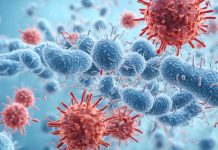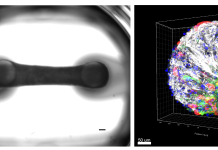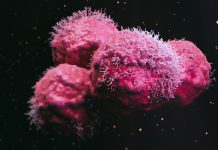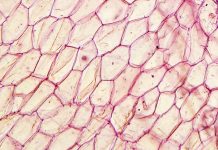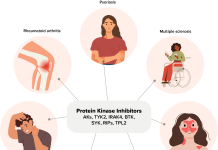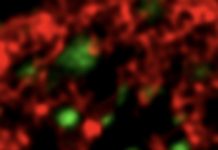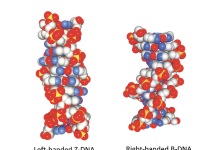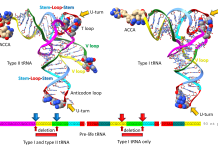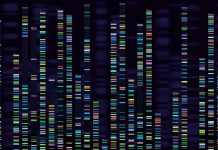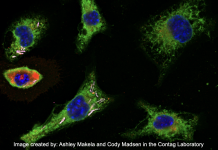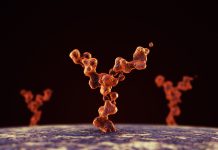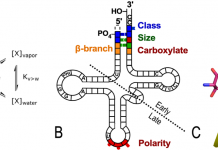Home 2024
Archives
The challenge of generating lasting mucosal anti-viral sterilising immunity
Achieving sterilising immunity is often challenging and sometimes even impossible. This article gives a glimpse into the concepts behind and highlights some recent advances and challenges.
The role of stem cell-derived tissues in novel treatments for cardiac ailments
Curbs on animal testing mean human tissues derived from induced pluripotent stem cells offer a promising platform in discovering novel treatments for cardiac ailments.
The ethical and legal challenges of cell donation for brain organoid research
Ethical and legal concerns raised by the use of human biological materials, especially cells from adult donors and foetal tissues, must be thoroughly examined.
From selfish silo to collaborative culture – embracing data-enabled cancer research
Aedin Culhane and Mark Lawler, Co-Leads of the eHealth Hub for Cancer, reflect on their data-enabled cancer research journeys, how their collaborative team science approach has reaped significant dividends in cancer research and policy and how the hub is inducing a paradigm shift in how health data are deployed on the island of Ireland.
What imaging reveals about engineered endosymbionts
Ashley V. Makela and Christopher H. Contag from the Institute for Quantitative Health Science and Engineering, walk us through watching living therapeutics in action, including what imaging reveals about engineered endosymbionts.
Protein kinases for combating inflammatory disease
Julie Blaising, Discovery Project Leader in Immunology at F. Hoffmann-La Roche Ltd, tells us why protein kinases are an effective target for treating many chronic inflammatory disorders.
The different facets of biodiversity
Professor F. Guillaume Blanchet from Université de Sherbrooke explores the various aspects of biodiversity and the challenge involved in monitoring it.
Arc: A new target for treating alzheimer’s disease
Antonius M. VanDongen, Associate Professor from Duke University, walks us through Arc, a new target for treating Alzheimer’s disease.
Flipons: The discovery of Z-DNA and soft-wired genomes
Alan Herbert, Founder and President of InsideOutBio, discusses alternative DNA conformations and understanding of their biological functions.
Transfer RNA as a written molecular history of the life transition on earth
Zachary Burton, Ph.D., Professor Emeritus, Department of Biochemistry and Molecular Biology, Michigan State University, reports on tRNA (transfer RNA) as a written molecular history of the pre-life to life transition on Earth ~4 billion years ago.
Artificial intelligence (AI) tools in genetics
Vessela Kristensen and Dag Undlien uncover AI tools in genetics, from variant recognition to clinical implementation.
Structural biology research and the origins of genetic coding
Charles W. Carter, Jr, Department of Biochemistry and Biophysics, University of North Carolina Chapel Hill, reviews the ways that recent research in Structural Biology, Biochemistry, Molecular Biology, and Phylogenetics have opened the origins of genetic coding to experimental study and their important implications.
Flame system: Computerised cognitive assessment for remote brain health monitoring
Monitoring brain health, particularly cognition, in older adults is increasingly recognised as a significant priority for research, healthcare and broader public health. Find out here about the development and validation of the FLAME System, a computerised cognitive assessment for remote brain health monitoring.
Protecting genetic diversity to benefit nature and society
There are three ways that governments and other conservation actors at all levels can monitor and protect genetic diversity, supporting the attainment of biodiversity goals and targets. But first, what is genetic diversity, and is there potential to safeguard it better?
Engineered endosymbionts as novel cancer therapeutics
Satyajit Hari Kulkarni and Christopher H. Contag from the Institute for Quantitative Health Science and Engineering focus on engineered endosymbionts, which they argue is a paradigm shift in anticancer bacteriotherapy toward killing tumors from the inside out.
Bridging brain barriers for gene therapy
Reflecting on the challenges in treating brain diseases, this article explores ways to transduce the blood-brain barrier as well as the critical role of tanycytes as a target for gene therapy vectors.
RNA and DNA flipons in health and disease
Flipons are the next step in DNA research. What they are, their role in DNA and RNA coding, their impact on medical science, and their relation to the immune system are discussed here.
High-resolution snapshots of antibody repertoires as potential correlates of protection
Klaus Eyer from ETH Zurich describes high-resolution snapshots of antibody repertoires as potential correlates of protection.
tRNA: The operational RNA code and protein folding
Charles W. Carter, Jr., from the Department of Biochemistry and Biophysics, University of North Carolina at Chapel Hill, relates molecular recognition used in genetic coding to structures of aminoacyl-tRNA synthetases and their cognate tRNAs.
Drug repositioning using multiple gene expression profiles
Chuo University’s Professor Y-h. Taguchi places focus on drug repositioning using multiple gene expression profiles


